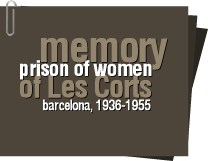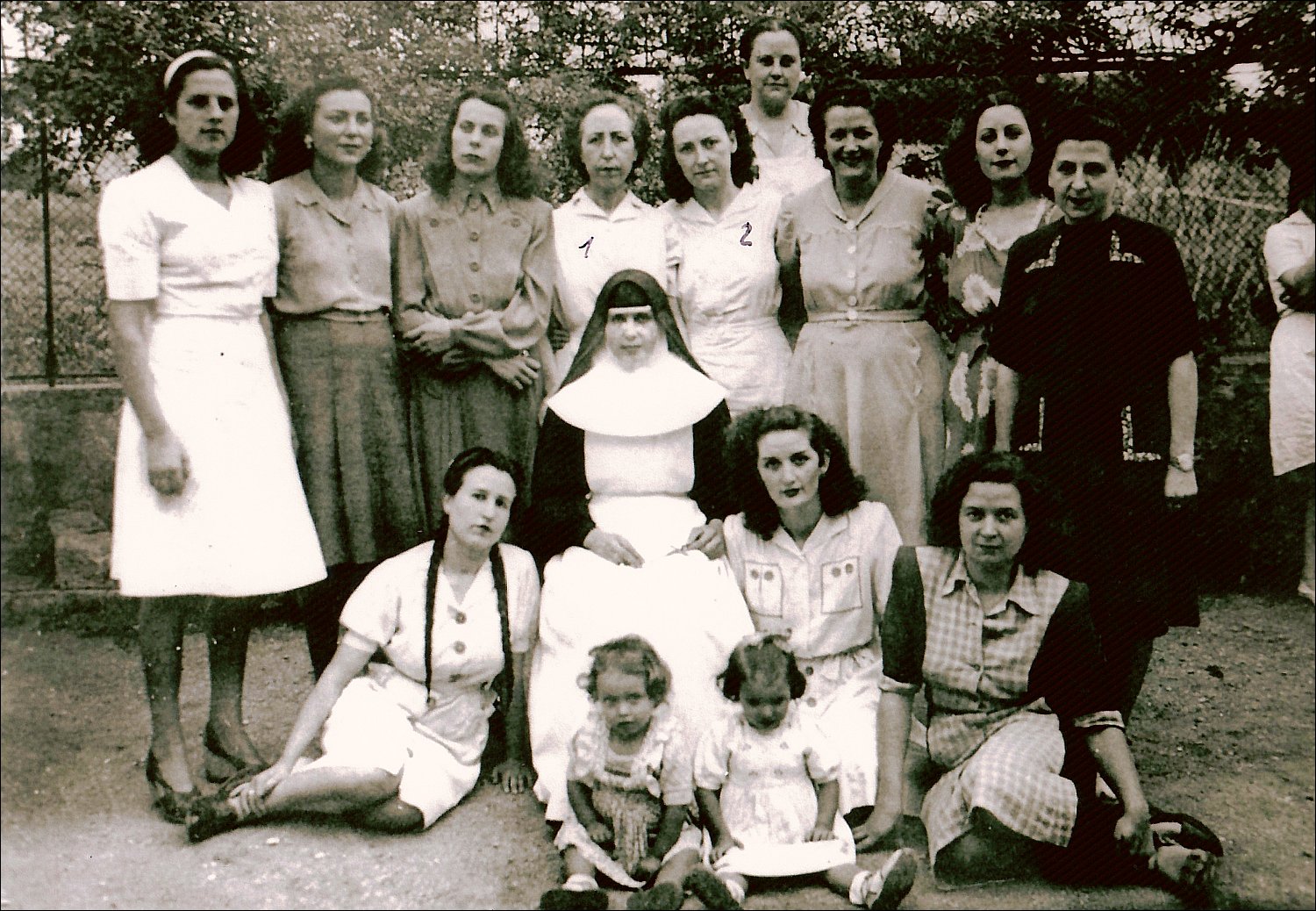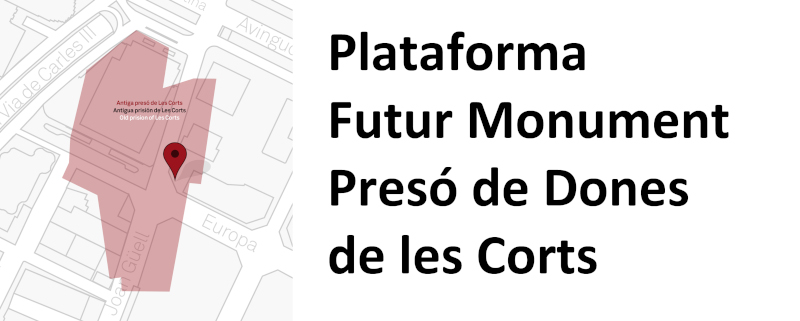At that time, political prisoners represented a small number in comparison to those convicted for ordinary offences, due to a series of probation decrees that culminated in the Decree of October 9, 1945. The effects of this decree for the whole of the country provided the following overall figures for Spain in July 1946: 4,039 women imprisoned for ordinary offences vs. 1.219 jailed for crimes of a political nature, about four times as many.
Despite these figures, the political prisoners continued to sleep and live apart from the common ones. According to communist activist Isabel Vicente, the political prisoners were then permitted to hold important positions at the administration office and others such key keepers or ward managers. All this enabled them to smuggle in some newspapers and other sources of information from the outside world, to hold meetings and discussions and to promote activities for political and cultural advancement.
A similar situation was also reported by other political prisoners, ranging from communists like Teresa Hernández and Tomasa Cuevas to anarchist militants like Rosa Mateu and Antonia Martínez, the last two in charge of the office and the conciergerie respectively in 1946 and 1947.
This high degree of coordination proved fundamental in the success of some escape attempts. Two years after the spectacular escape of the communist Clara Pueyo in June 1943, in coordination with the leadership of the PSUC (Socialist Unified Party of Catalonia) at the Model Prison for men, their leaders decided that the next escapees should be Adelaida Abarca, Deli, which had already been in prison for 6 years, and Angela Ramis, over whose head hanged a death sentence.
Angela held a position at the communications and parcels department while Deli, who had trained as a typist, was in a position of trust at the administration office, where she could misplace, alter, or destroy documents to favour her companions. Tomasa Cuevas, fresh out of Les Corts where she had served time following her second arrest in April 1945, acted as middlewoman between Deli and the PSUC. Deli filled out a stamped release form taking the details of two women jailed for prostitution and, on the night of the 14 of March 1946, walked past the prison gate alongside Angela. Both crossed the border through the mountain passes of the Pyrenees.
Shortly before the escape of Adelaida Abarca and Ángela Ramis, Victoria Pujolar had run away while at Barcelona railway station, taking advantage of a distraction by the Guardia Civil members who were escorting her and two other companions. Many years later, sometime in the seventies, as Deli and Angela before her, she would relate her adventure in person to Tomasa, her prison pal. The three escapees appear in the adjoining photograph posing in Toulouse, in 1946.
Sources:
ARXIU MUNICIPAL ADMINISTRATIU (AMA). Distrito III. Barrio 16. sección 51. 1945; ARCHIVO HISTÓRICO DEL PCE (AHPCE). Informes del interior, sig. 195-196. “Informe de Adelaida Abarca Izquierdo sobre las cárceles de Ventas, Gerona y Les Corts”, Toulouse, mayo-junio de 1946.
PRESIDENCIA DEL GOBIERNO. INSTITUTO NACIONAL DE ESTADÍSTICA (1946): Anuario Estadístico de España (1945-1946). Madrid; CUEVAS GUTIÉRREZ, T: Cárcel de mujeres, vol. II (1985), Barcelona; and Testimonios de mujeres en las cárceles franquistas (2004). Huesca; BORRÁS MATEU, E. (2004): ¿Qué pasó con los niños desamparados de la guerra?. Barcelona; MARTÍ PUIG, M. (2018): Matillde Escuder. Maestra libertaria y racionalista. Una historia de vida. Castelló de la Plana; HERNÁNDEZ HOLGADO, Fernando (2011): La prisión militante. Las cárceles franquistas de mujeres de Barcelona y Madrid (1939-1945), Universidad Complutense de Madrid, Doctoral Thesis; video Victoria Pujolar Amat. Diari Íntim (2022).











